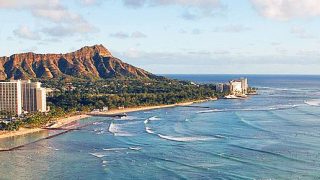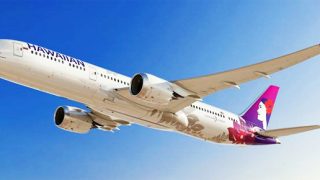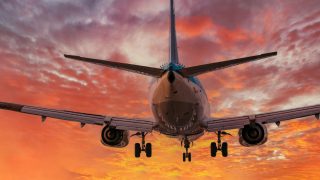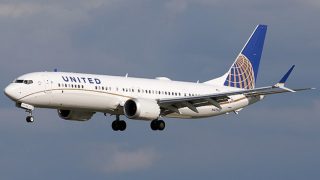United Airlines said that it has successfully addressed a critical safety concern involving some planes in its Boeing 737 MAX 8 fleet that is used extensively for Hawaii flights. Notably, Beat of Hawaii editors flew with United this week on the aircraft type. United proactively replaced the suspected defective rudder actuator parts in response to an incident earlier this year and a subsequent investigation by the National Transportation Safety Board (NTSB), demonstrating a strong commitment to safety.
The issue initially emerged on a non-Hawaii flight when the aircraft’s rudder pedals became stuck during landing, causing a temporary loss of rudder control. The captain managed to steer using the nose wheel steering tiller, but the incident prompted an NTSB investigation. It was revealed that an incorrectly assembled actuator was susceptible to moisture infiltration, which could freeze and cause the loss of rudder control.
United Airlines’ proactive response.
United Airlines is said to be the only U.S. airline that was operating the affected Boeing 737 MAX 8 planes. As soon as the issue was identified, United took immediate action to remove and replace all defective actuators from their Boeing 737 MAX fleet. They ensured that all of the affected aircraft in their fleet were thoroughly inspected and repaired before returning to service. The warning also applies to some of United’s older 737 jets that are no longer used for Hawaii flights.
United’s action is a good demonstration of the airline industry’s commitment to passenger safety and operational integrity, especially in light of multiple manufacturing problems at Boeing and Airbus. The airline’s Hawaii fleet mix includes these Boeing 737 MAX 8 aircraft, which are frequently used for flights between the mainland U.S. west coast and Hawaii (Honolulu, Maui, Kauai, and Kona). This makes United’s rapid response particularly relevant for travelers heading to and from the islands.
United got ahead of NTSB and FAA recommendations.
The NTSB’s recommendations included that Boeing should provide flight crews with guidance on handling potential rudder jams caused by moisture freezing within the actuator.
An FAA review board will determine the next steps based on the NTSB’s recommendations. They also confirmed that no other U.S. airlines operate aircraft with the defective actuators.
Boeing and part manufacturer Collins Aerospace, meanwhile, have acknowledged the assembly error and are working to resolve the issue globally that impacted over 350 aircraft.
United Airlines’ swift and decisive action to address the rudder actuator issue sets a high standard for safety protocols. We acknowledge United Airlines for its handling of the problem, which helps maintain our confidence in air travel to Hawaii.
Get Breaking Hawaii Travel News







Really had no choice did they – since Boeing workers are out on strike. One more “strike” against the MAX series would pretty much spell the end of those aircraft. No one would fly them, regardless of the fact that they have benefitted from a series of emergency fixes and are probably safer than most aircraft – the 787 for example…
Signed:
The Bearer of Doom and Gloom Esq…
Thanks BOH editors for this informative report. Recently I have been flying Hawaiian to and from Hawaii, but my trip next month from the mainland to Lihue is booked on United. As a million plus miler with United it’s always encouraging to hear and read these good reports. Safety is always the number one priority in aviation, everything else is just “icing on the cake.”
Aloha to all.